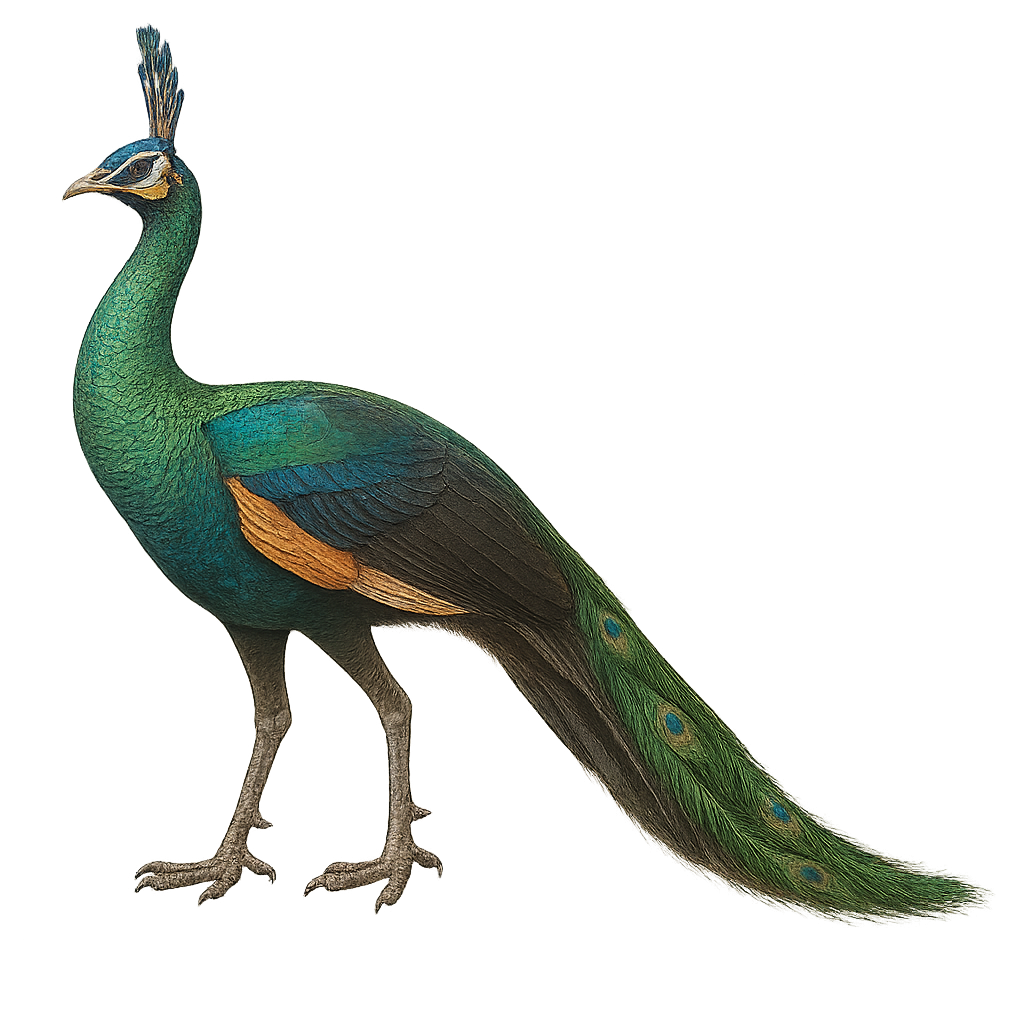Your wildlife photography guide.
Explore the green peafowl in detail, study its behavior, prepare your shots.
Where to observe and photograph the green peafowl in the wild
Learn where and when to spot the green peafowl in the wild, how to identify the species based on distinctive features, and what natural environments it inhabits. The WildlifePhotographer app offers tailored photography tips that reflect the green peafowl’s behavior, helping you capture better wildlife images. Explore the full species profile for key information including description, habitat, active periods, and approach techniques.
Green Peafowl
Scientific name: Pavo muticus

IUCN Status: Vulnerable
Family: PHASIANIDAE
Group: Birds
Sensitivity to human approach: Suspicious
Minimum approach distance: 10 m
Courtship display: March to May
Incubation: 27-30 jours
Hatchings: April to June
Habitat:
Tropical forests, savannas, wetlands
Activity period :
Primarily active during the day, with peak activity in the morning and late afternoon.
Identification and description:
The Green Peafowl, or Pavo muticus, is a magnificent bird native to Southeast Asia. It is known for its striking plumage, primarily iridescent green, and its long train adorned with eye-like patterns. Males have a crest of feathers on their heads and display their spectacular tails during courtship rituals. Females are more subdued in brown-green colors. The Green Peafowl inhabits tropical forests, savannas, and wetlands, feeding on seeds, insects, and small animals. Threatened by habitat loss and hunting, it is listed as vulnerable by the IUCN.
Recommended lens:
400 mm – adjust based on distance, desired framing (portrait or habitat), and approach conditions.
Photography tips:
To photograph the Green Peafowl, it is advisable to use a telephoto lens of at least 400mm to capture the details of its plumage without disturbing it. Opt for early morning or late afternoon hours when the light is soft and enhances the bird's iridescent colors. Be patient and discreet, as the Green Peafowl is suspicious. A tripod can be useful to stabilize your camera and achieve sharp images. Finally, always respect the safety distance to avoid disturbing the animal in its natural habitat.
The WildlifePhotographer App is coming soon!
Be the first to explore the best nature spots, track rutting seasons, log your observations, and observe more wildlife.
Already 1 430 wildlife lovers subscribed worldwide

